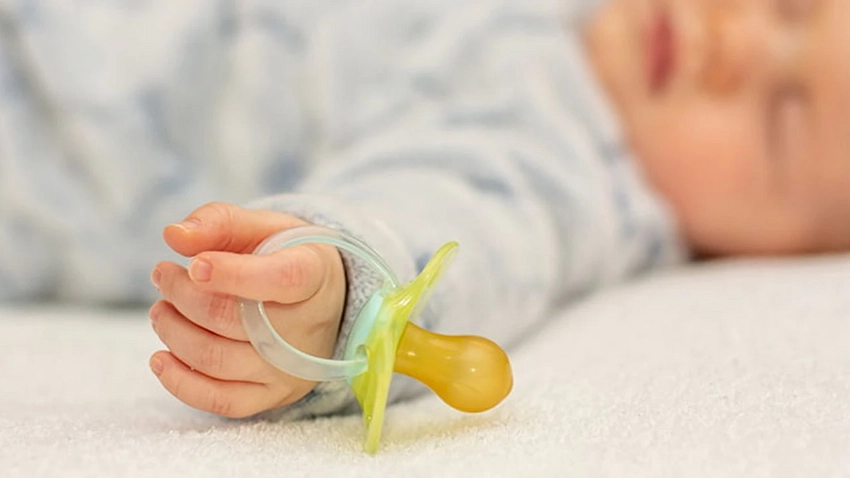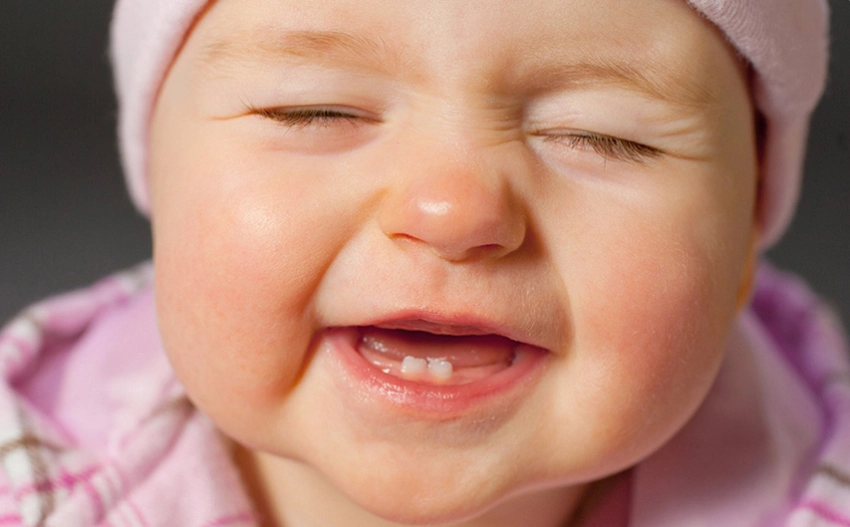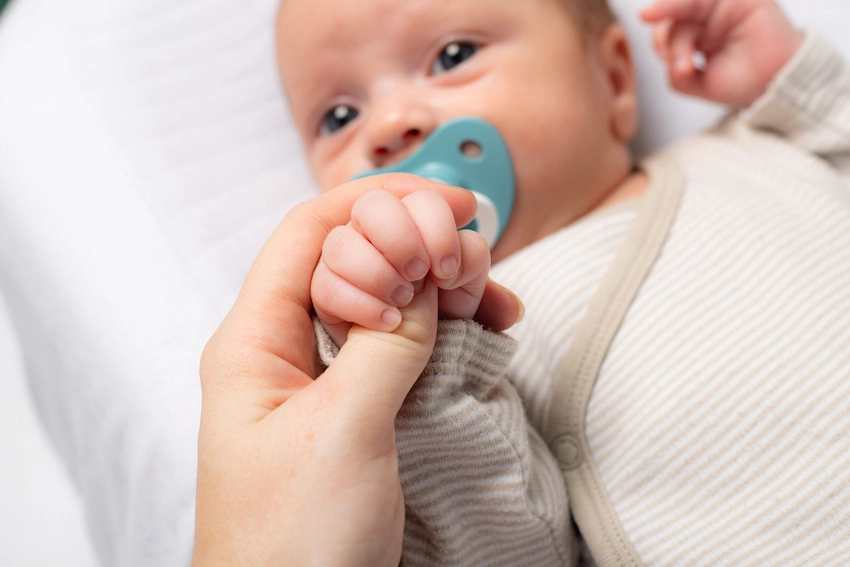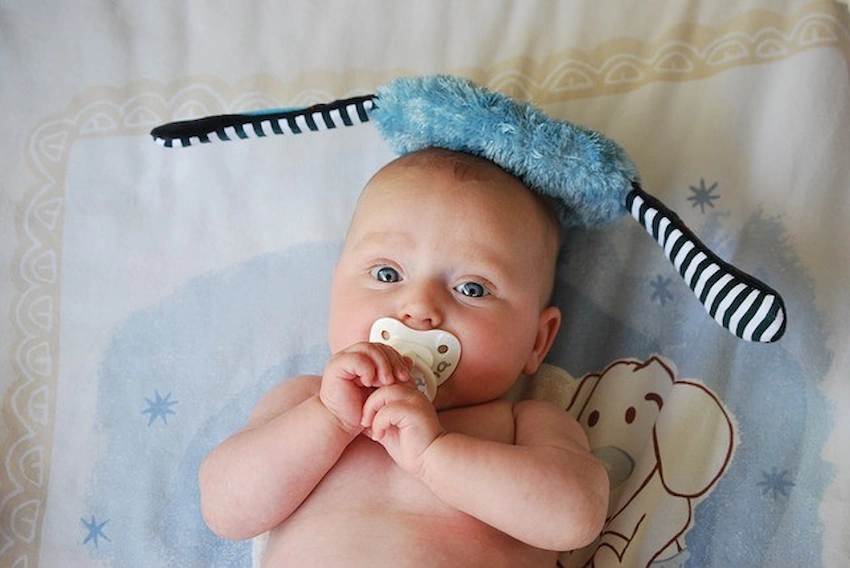🦷Impact Of Soothers On Baby Teeth

The use of soothers is seen as a good thing, although if the same is used in excess may cause dental issues in the form of misalignment and bite problems in the child. It is important to use soothers in controlled proportions for the sake of healthy teeth. The pacifier has a calming effect on crying babies, but its role in the formation of dentition means that pacifiers are objects of controversy in families and among healthcare professionals. Teething babies have the pain of tooth eruptions, and this is the time that makes both soothers and dental health come to the fore as the two are inextricably linked. How can these comforting devices affect the development of your child’s teeth in the long run?
Pacifiers, frequently known as soothers, play a vital part in the development of the baby’s teeth. If used correctly, they can happily relieve the infants and at the same time help to pacify them. More so, parents should keep an eye on the dental ramifications resulting from the use of pacifiers. The soother can make the baby’s teeth misalign and, in the worst case, cause the child to wear braces as they grow up. The children’s premature orthodontic treatment may be caused by the early use of pacifiers, and therefore, it is very important for the parents to manage the use of the soothers when the first baby teeth appear.
Risks of Prolonged Use of a Pacifier
Soothers help only at the time, and, on the contrary, their long-lasting use can bring various problems related to oral cavity health. In particular, the mentioned risks are as follows:
- Treatment for oblique teeth: The continuous intake of a pacifier can lead to a malocclusion that negatively influences the correctness of not only baby teeth but also adult ones.
- Variation of oral structure: The repetitive use of a pacifier for a long time can cause a distortion of the mouth and jaw, possibly requiring orthodontic help later on.
- Enhanced possibilities of oral infections: The incorrect cleaning of soothers can lead to the presence of bacteria and, hence, later to oral infections that can occur in the mouth.
- Child’s addiction issue: Children may get used to soothers and, therefore, be unwilling to give them up when they are older.

It is the perception of these potential threats that assists parents in deciding whether or not to use soothers and acting on that basis, supports them in the gradual reduction of usage as the child’s dentition is growing.
Dental Development and Soother Dependency
The dental development of babies is a very important process that happens to them during the very early years. During this time, the application of soothers, ie, pacifiers, could be very much a part of the whole business of their oral habits. Although parents see soothers as a solution to a child’s needs, excessive usage of them may have negative consequences on dental growth.

The alignment of the teeth, the growth of the jaw, as well as the general oral health of the child, can be affected by soothers. The issue of children getting addicted to these comforters could cause a problem to speech development, as well as constrain the normal self-soothing process. This is where the table below sets out some of the parameters that should be considered when it comes to the development of teeth and the dependency on soothers:
| Factor | Impact |
| Duration of Use | |
| Frequency of Usage | Regular use can establish a soothing habit that may delay self-soothing. |
| Type of Soother | Some of the aspects that the structure and material of the teeth exert are the pressure they impose on teeth and the material’s resistance to deformation. |
| Age of Introduction | Give the situation in which introducing a soother |
The Impact of Pacifiers on Pacifier Teeth
It is well known that soothing does interfere with an infant’s dentition, leading to what is commonly known as pacifier teeth. The extent of soothing’s hold on the oral health of the growing child depends on the duration of use, i.e., when the child first used a pacifier, the type of pacifier used. The significant influence of these factors on the child’s teeth requires that the parents be aware of it. The continued pressure on the teeth from the dummy not only changes tooth positioning but also affects the growth direction of the mandible. Also, there is the occurrence of prolonged thumb sucking which is a risk factor that aggravates the health of the oral cavity. A list of specific ways in which soothers influence pacifier teeth is presented in the table below:
| Effect | Description |
| Misalignment | This may cause the teeth to pose a challenge to bite into their correct positions. |
| Overbite | Carrying out support for a long time can make the front teeth extend. |
| Speech Development | It may be the cause of an obstructed tongue that can, in turn, result in unclear speech. |
| Hygiene Concerns | Apart from the ordinary pacifier’s need for regular cleaning to eradicate the bacteria that can cause infections. |
Tips for Weaning Off Soothers

It is much easier to discontinue using soothers for your baby gradually and make it a positive experience. In general, the first step is to confine the usage of baby pacifiers to specific times, i.e., nap and bedtime; another method to help your baby create a new routine. Step by step, reduce the frequency of these events over a period of time. Be with your child, show them love by words, and besides, the child should be engaged in the process of finding things that can bring comfort, like reading or singing, which gives them safety. It is paramount that you talk to the baby, showing a lot of love, and advising them on how to express their emotions as well as provide them with other things that can remotely enhance their warmth, for example, favorite blankets and stuffed animals. Furthermore, always remember to rejoice in small victories and display a lot of patience, as every child will adjust at the time and way that is convenient for them.
Preventing Tooth Decay from a Child’s Use of a Pacifier
Tooth decay linked to soother usage can be prevented by simply applying these important pointers:
- Regular Dental Check-Ups: When kids regularly visit the dentist, it is easy to monitor any issues from the earliest stages and make them less serious.
- Keep Soothers Clean: It’s mandatory for you to thoroughly clean the soothers with warm, soapy water at all times to prevent bacteria from growing. Discard and replace if they get to such a condition of wear and tear.
- Avoid Dipping in Sweet Substances: Under no circumstances should soothers be dipped in honey or sugar solutions, as sugar is a catalyst for tooth decay.
- Limit Use Duration: Limiting the usage period of soothers throughout the day will also limit the contact that teeth have with the soother.
- Encourage Dental Hygiene: Develop the habit of brushing your baby’s teeth as soon as they make their appearance, regardless of their soother usage.” Thus, parents must teach children dental skills to keep the teeth clean, at the same time accommodating the children’s convenience and comfort.
FAQ: Impact Of Soothers On Baby Teeth
Soothers can lead to misalignment of baby teeth if used excessively. Prolonged use may cause the teeth to shift, potentially leading to issues with bite and jaw alignment.
It is generally recommended to start weaning children off soothers by the age of 2 to minimize the risk of dental issues and to encourage healthier oral habits.
Yes, excessive use of soothers can contribute to the development of an overbite as they can push the front teeth forward and affect the growth and positioning of the jaw.
Alternatives such as teething rings, soft toys, or gentle rocking can help soothe a baby without significantly impacting their dental health.
Parents can ensure safe use by limiting soother time, choosing orthodontic designs, and regularly checking the condition of the soother to avoid wear and tear that can affect oral health.




